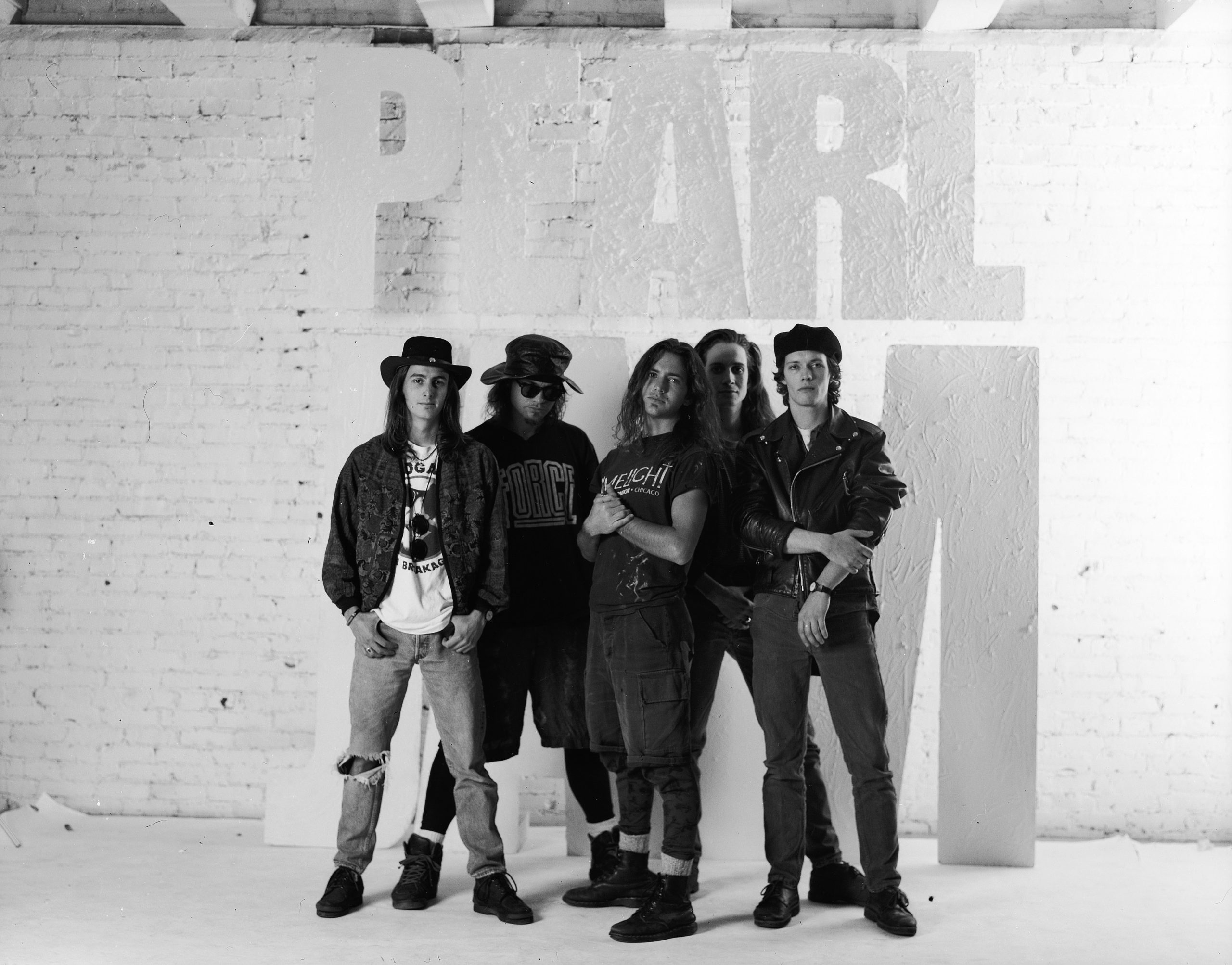

Sounding like 2005 rather than 1991, Ten Redux misses the point: The album's murkiness was one of its chief attractions, its flawed spontaneity feeding the songs' of-the-moment intensity. A few of these new versions appeared on 2004's best-of Rearviewmirror, and O'Brien, who has worked with Pearl Jam on most of their subsequent albums, brings Vedder's ad libs to the forefront, sharpens some of the guitar riffs, and generally cleans up the murkiness. In addition to the original album as produced by Rick Parashar and mixed by Tim Palmer, the new reissue includes a second disc, titled Ten Redux, that includes a new mix by Brendan O'Brien. "Why Go" is ferocious in its outrage, with Vedder delivering his most pained vocals, and Stone Gossard and Mike McCready match him on every song, translating Vedder's howls into messy, edge-of-the-precipice solos and paint-peeling riffs like the one that anchors "Deep". On songs like "Once", with its insistent breakdowns, and "Black", with strangely dramatic vocalizations, there's a hardscrabble dynamic that the band would be unable to capture on subsequent releases. Granted, as a new band with few realistic prospects for the kind of success they quickly achieved, Pearl Jam were working with a very different set of expectations than the ones retroactively assigned to them. Today, Ten lives and dies by its album tracks, and while there are a few clunkers, most are pretty ballsy in their disdain for expectations. But "Alive" remains potent not only because Vedder touches on some seriously transgressive shit here (dead fathers, hints at incest, survivor guilt), but mostly because the band rock the hell out of that coda.

#PEARL JAM ALBUMS ART FULL#
The latter two may be the album's least remarkable tracks: "Jeremy" is the most pat Freudian psychodrama on an album full of them, and "Evenflow" romanticizes homelessness as spiritually transcendent. The public perception of the album is watered down thanks mainly to the excision of "Alive", "Jeremy", and "Even Flow" as singles. Nevertheless, Ten remains impressive and occasionally moving 18 years later, even gentrified with a shiny reissue. Ultimately, the 1990s wouldn't have been so bad if Pearl Jam's followers hadn't aped their self-seriousness so relentlessly. At times, it's a bit overwrought ("I don't question our existence/ I just question our modern needs"), but the earnestness with which Vedder sang and the band played these songs belies the decade's reputation as a period of pervasive irony. Suspicious of the hedonism of the arena rock that preceded them, Pearl Jam were a solemn band, and Ten sounds nothing if not entirely serious about animating Vedder's self-doubts. The band is routinely blamed for the self-gratifying Stone Temple Pilots, Creeds, and Nicklebacks that followed Ten, but the band naturally never set out to remake rock music in its own image. Deeply invested in the cathartic possibilities of punk and classic rock, Pearl Jam seemingly made music as a form of self-therapy, an idea that took hold with nearly a decade of alt-rock acts to come.


 0 kommentar(er)
0 kommentar(er)
